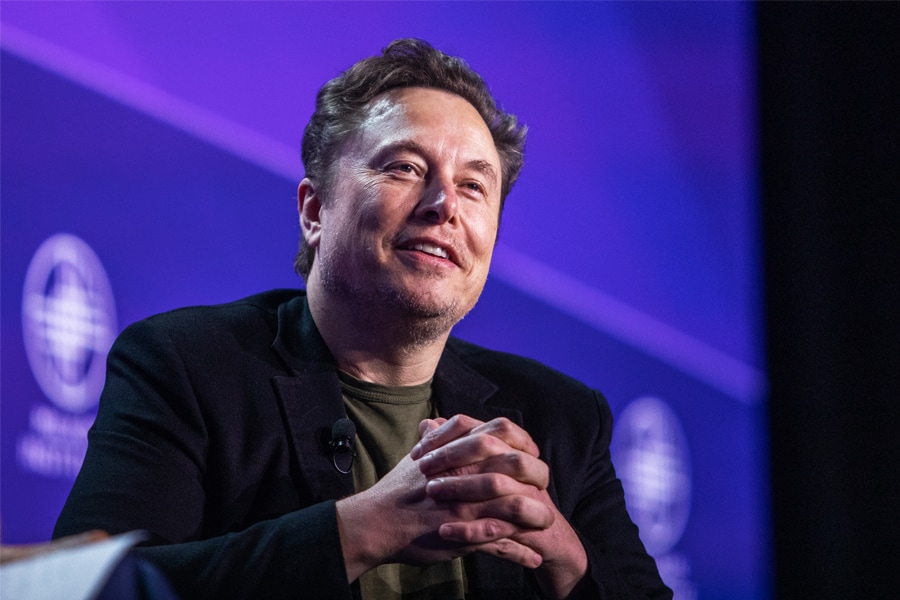
Elon Musk plans to build a supercomputer using NVIDIA's semiconductor chips
The Tesla and SpaceX CEO wants to get it running by the fall of 2025. His artificial intelligence startup xAI could partner with Oracle to develop the computer
 Elon Musk. Image: Getty Images
Elon Musk. Image: Getty Images
Tesla and SpaceX CEO Elon Musk recently told investors that his artificial intelligence (AI) startup xAI will be working on building a supercomputer that will power the next version of its AI chatbot Grok. He will need 100,000 semiconductors to train and run them, The Information reported on May 25.
Musk said he wants to get this supercomputer running by the fall of 2025, adding that xAI could partner with Oracle to develop the computer. Reportedly, the startup has been talking with Oracle about spending $10 billion to rent cloud servers. xAI is the largest H100 customer at Oracle, using over 15,000 AI chips made by NVIDIA. Even Musk’s Tesla has been using NVIDIA-powered supercomputers to produce its electric vehicles.
The xAI supercomputer that’s labelled as the “gigafactory of compute” by Musk plans to string 100,000 chips into a single, massive computer. When completed, the connected groups of chips—Nvidia’s flagship H100 graphics processing units (GPUs)—would be at least four times the size of the biggest GPU clusters that exist today, The Information stated.
Supercomputers operate at extremely high speeds relative to all other computers. They've been essential in advancing the boundaries of science over the years. It can be used to create sophisticated AI models that can learn from trillions of examples, speak different languages, flawlessly analyse text, images, and video together, create augmented reality tools, and more. Some of the applications for supercomputers include genomic sequencing, space exploration, weather forecasting and climate research, nuclear fusion research, and more.
Elon Musk founded xAI in July 2023 as a contender to Microsoft-backed OpenAI and Alphabet's Google. On May 26, xAI raised $6 billion in Series B funding, reaching a post-money valuation of $24 billion. The funding round was backed by investors Andreessen Horowitz and Sequoia Capital, among others, the company said in a blog post.

















